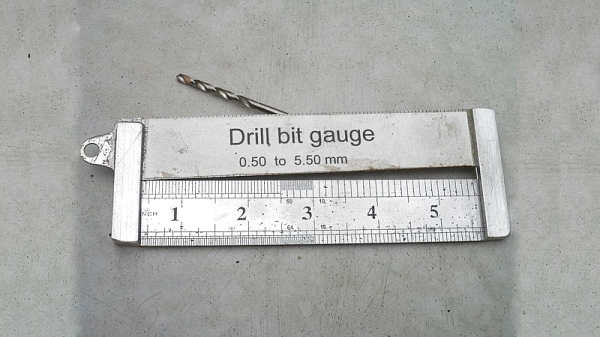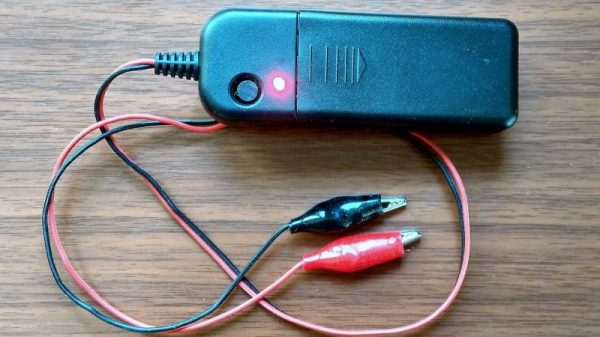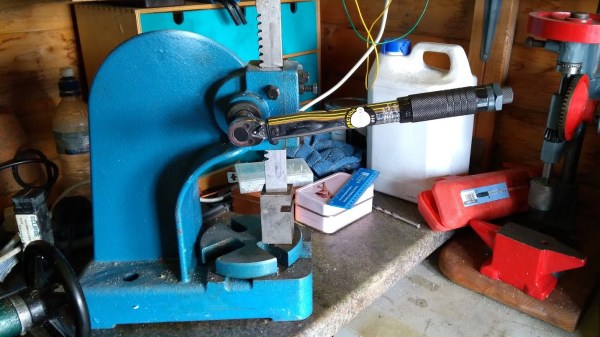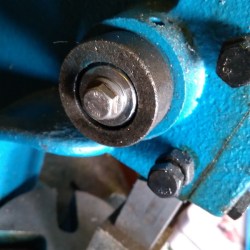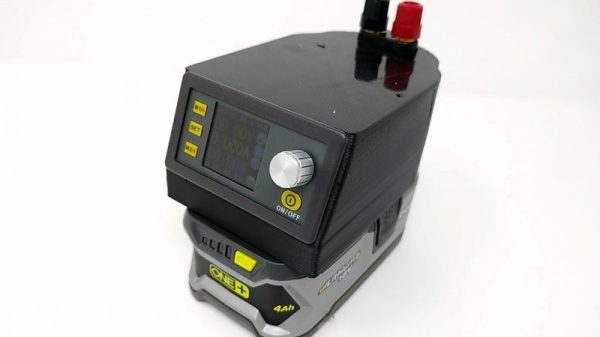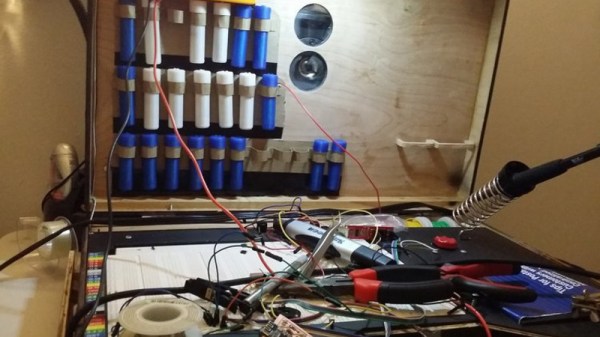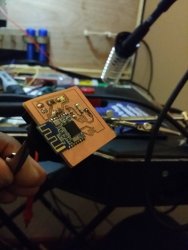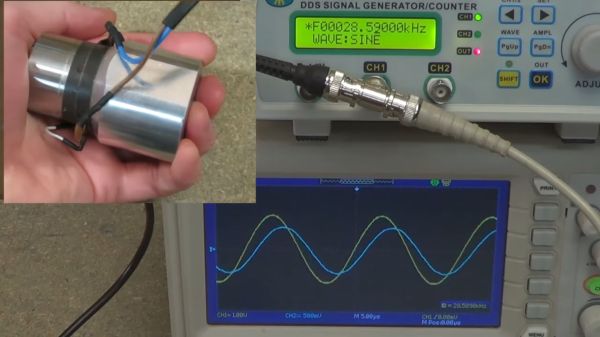Oh, sure – when you buy a new set of drill bits from the store, they come in a handy holder that demarcates all the different sizes neatly. But after a few years when they’ve ended up scattered in the bottom of your toolbox for a while, it becomes useful to have some sort of gauge to measure them. [Caspar] has the solution, and all you need is an old steel rule.
The trick is to get a ruler with gradations for inches and tenths of inches. After cutting the ruler off just after the 6″ point, the two halves are glued together with some steel offcuts and epoxy. By assembling the two halves in a V shape with a 1 mm drill bit at the 1″ position, and a 5 mm drill bit at the 5″ marker, a linear slope is created that can be used to measure any drill bits and rod of the appropriate size inserted between the two.
It’s a handy tool to have around the shop when you’ve amassed a collection of bits over the years, and need to drill your holes accurately. Additionally, it’s more versatile than the usual method of inserting bits in appropriately sized holes, and can be more accurate.
Now that you’ve organised your drill bits, perhaps you’d like to sharpen them?

